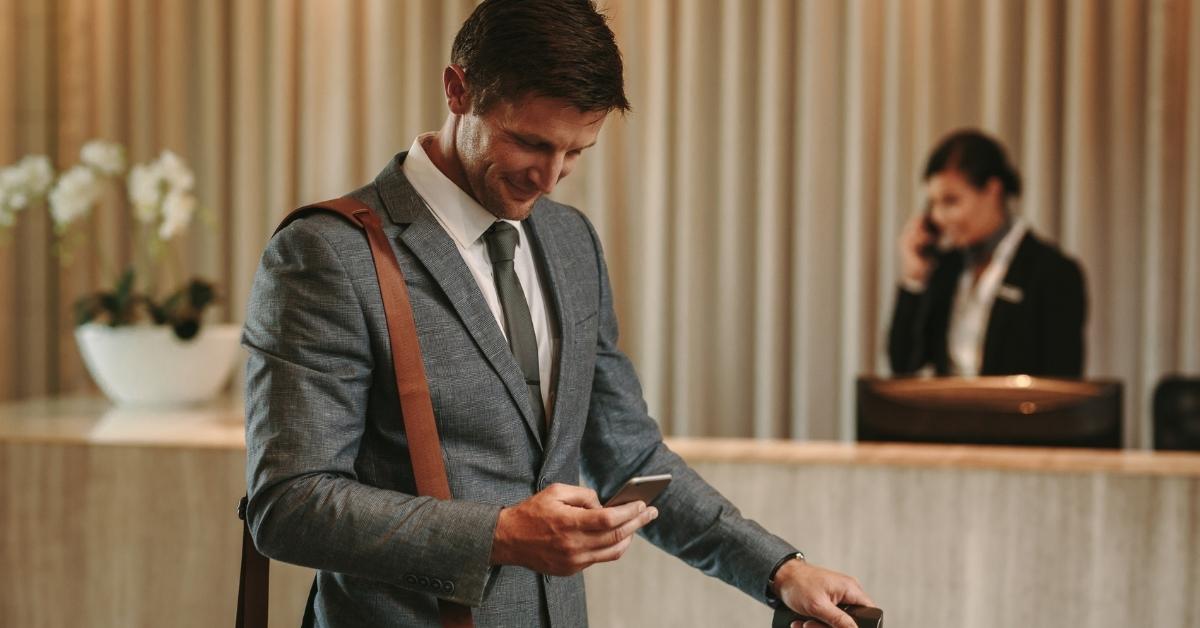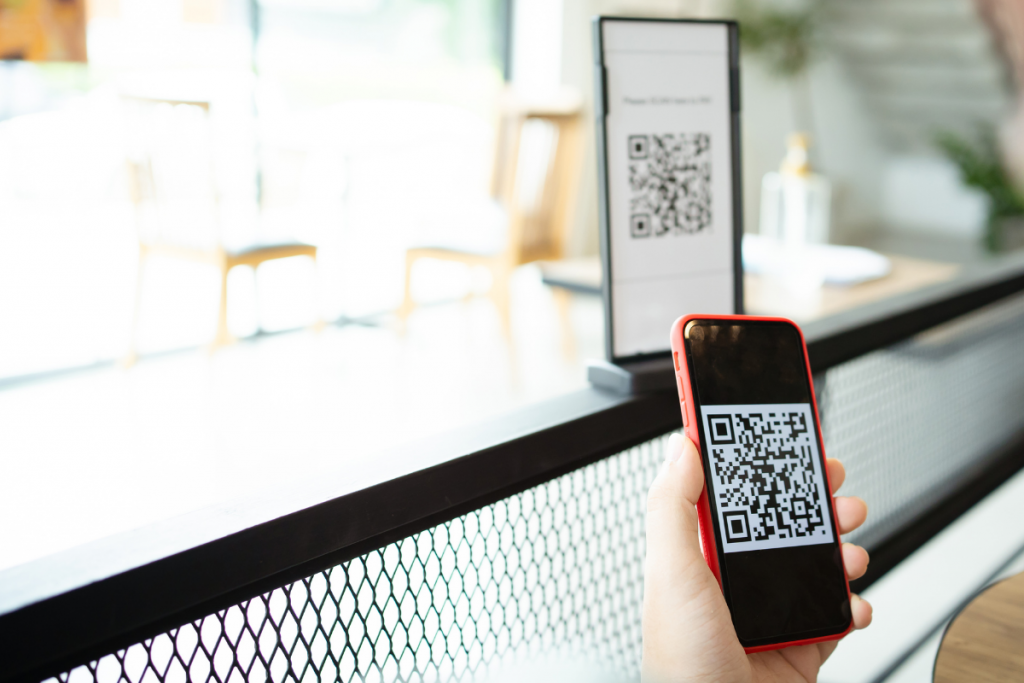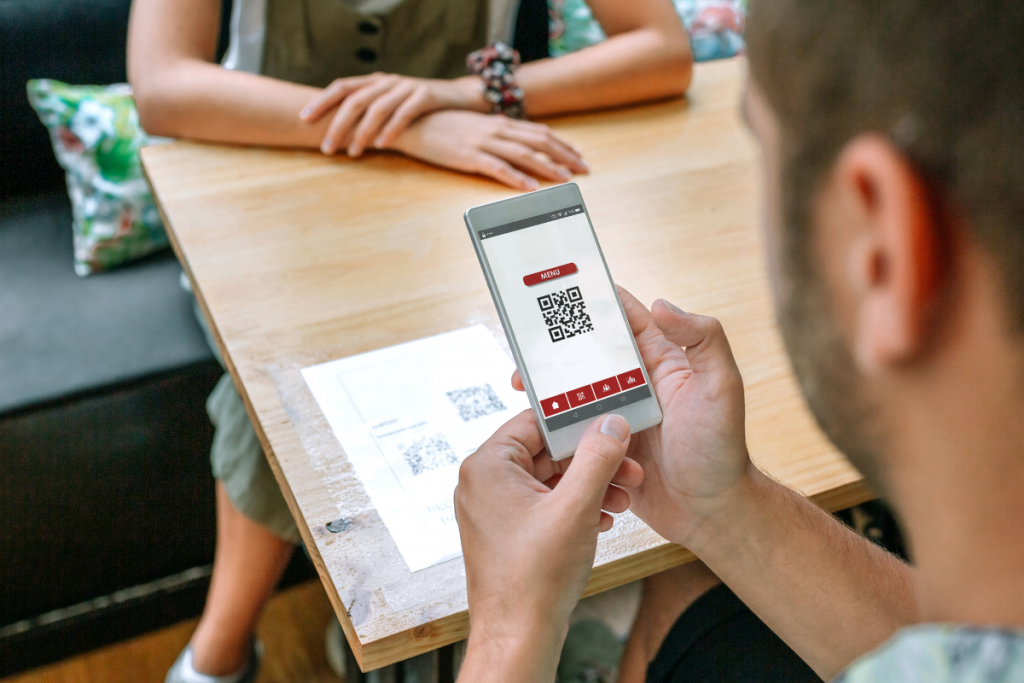Contactless Orders, Customer Service, Restaurants
The Effects Of Contactless Payment On Hospitality
- By Dan
- No Comments
21 Jun

Back in April of 2020, both Visa and Mastercard announced the raising of their respective tap limits from $100 to $250. It was just a month into the coronavirus pandemic and the world over was feverishly coming up with ways to limit the spread of the virus. The initial idea behind the limit increase was to significantly reduce the number of times customers would have to physically touch the POS terminals used to accept their credit card transactions.
Fiserv senior writer, Chris Thompson, reveals that a May 2020 study found that 42 percent of consumers viewed tap-and-pay credit cards as the safest in preventing spread of the virus. Contactless payment was not a new phenomenon developed in the wake of the pandemic. But the worldwide crisis certainly made it a lot more popular. Fast forward two-plus years and consumers everywhere practically expect to utilize tap payments no matter where they are.
The rise of contactless payment.
Today, consumers can select from a myriad of tap payment options. In addition to being able to use their physical credit cards for contactless payments, they can simply take out their mobile devices to pay for purchases. Samsung Pay, Google Pay and Apple Pay are currently all the rage. Apple Inc. has enabled their iPhone, iPad, Mac and Apple Watch users to utilize Apple Pay. The mobile payment and digital wallet lets users make payments in person, in iOS apps and on the web using Safari.
In 2022, consumers are well aware that contactless payments provide much more than just a safety feature. They offer what many consider to be the quickest, most convenient and most secure way to pay for purchases.
Jamie Topolski is a Fiserv director of product strategy who works with financial institutions. Thompson reveals that Topolski expects the upward trend of contactless payments to continue. “I do it,” Topolski admits, “I have two cards in my wallet, and I use the one that supports contactless more often now…Even if there’s no fear factor anymore, which will take a while, people won’t go back (to traditional payment options).”

How hospitality is adapting to contactless payment.
The hospitality industry has greatly benefitted from contactless technology. Not only can travellers book their hotel stays online, they can check in to their rooms without even having to speak to anyone.
As Nicki Graham informs us on eHotelier.com, hotel guests are now accustomed to checking in and out without speaking to someone. “Contactless check-in and checkout can work in a variety of ways,” she explains, “Most major hotel brands have invested heavily in digital keys, so the guest can skip the front desk and use their phone as a room key.”
The rise of the QR code has also made ordering room service a breeze for hotel guests. Gone are the days when handheld physical menus were necessary. Today, hotels can display QR codes all over their property, enabling guests to scan and access their restaurants’ online menus. Once the menu is open on their device, a person can both place and pay for their order. Having food delivered to guests’ rooms has never been easier or safer.
Graham encourages hoteliers to make QR codes mainstays in their establishments. “While menus will likely make their return eventually, continue offering a touchless menu that integrates ordering and payments,” she advises, “As a side benefit, easier ordering can lead to larger check averages.”

The benefits of contactless payment technology in the hospitality industry are many.
Eastern Peak CEO, Alexey Chalimov, concurs with Graham’s sentiments. He fervently advocates for the continuation of contactless technology in the hospitality industry, listing a wealth of benefits for both hotel owners and their guests. They include safety, reduced stress, an automated workflow, integrated analytics, personalized services and a competitive advantage.
As mentioned, contactless payments have taken off as a safety measure in the wake of the pandemic. With COVID-19 not having disappeared, many travellers are still very adamant about practicing safety measures. “When all the interactions are handled through an app, or a voice solution offering a hands-free experience, contamination risks are considerably reduced,” Chalimov reminds us.
Some travellers find speaking to hotel personnel to be stressful. This is especially true when they are visiting countries where their language isn’t traditionally spoken. Communication barriers are removed with contactless solutions. The technology also significantly reduces human error. While processing documents, credit card details and registrations, contactless hospitality solutions “help streamline and automate the routines that normally require the work of several employees,” notes Chalimov.
He goes on to point out that the information provided by clients when using contactless solutions gives hoteliers insight into individual tastes. As a result, they can better personalize the services they provide. This enables hotel owners to secure competitive advantages over industry contemporaries.
Chalimov also points out that the hospitality industry should embrace contactless technology in order to attract a younger audience. “As surveys indicate, 70% of millennials would prefer a contactless hotel experience,” he reveals, “With gen Z customers this percentage is even higher. Clearly, technology is set to become an inseparable part of modern hotel amenities and is changing 21st-century hospitality as we know it.”
Taliup lets you take advantage of the widespread love of contactless payments.
As evidenced, contactless room service is not just an innovative hospitality solution born out of a worldwide health crisis. It’s a must-have in the industry. With the help of Taliup’s room service ordering technology, you can meet your guests’ safety expectations, improve staff roles, increase your average revenue per room, provide full order transparency and cultivate an experience to remember.
With your uniquely designed QR code, you will give your hotel’s guests the ability to order from your menu with their own handheld devices. They won’t even need to download an app. Just place the QR code in their rooms and throughout the hotel to give everyone easy and convenient access. Finally, your guests will be able to review their orders and make secure payments from their mobile phones.
Learn all about Taliup’s contactless payment and ordering system by contacting us today!





